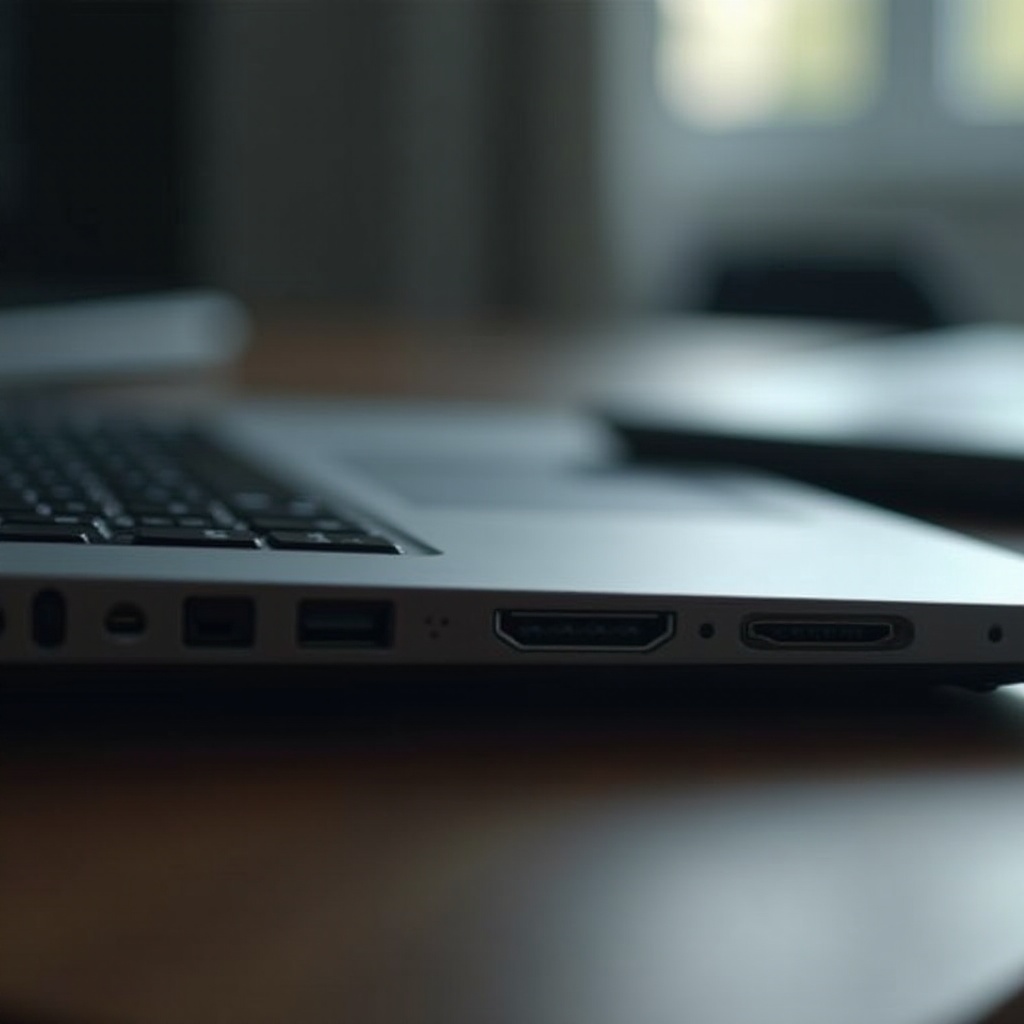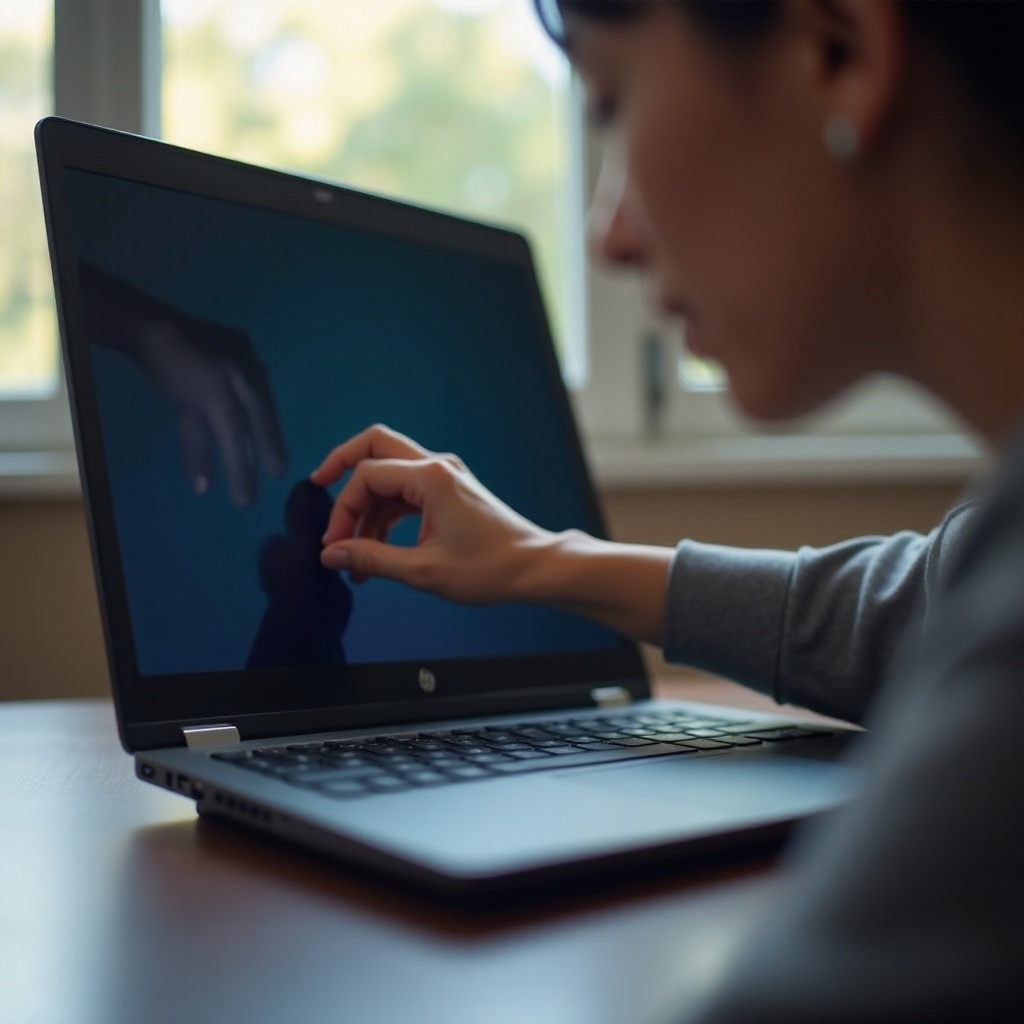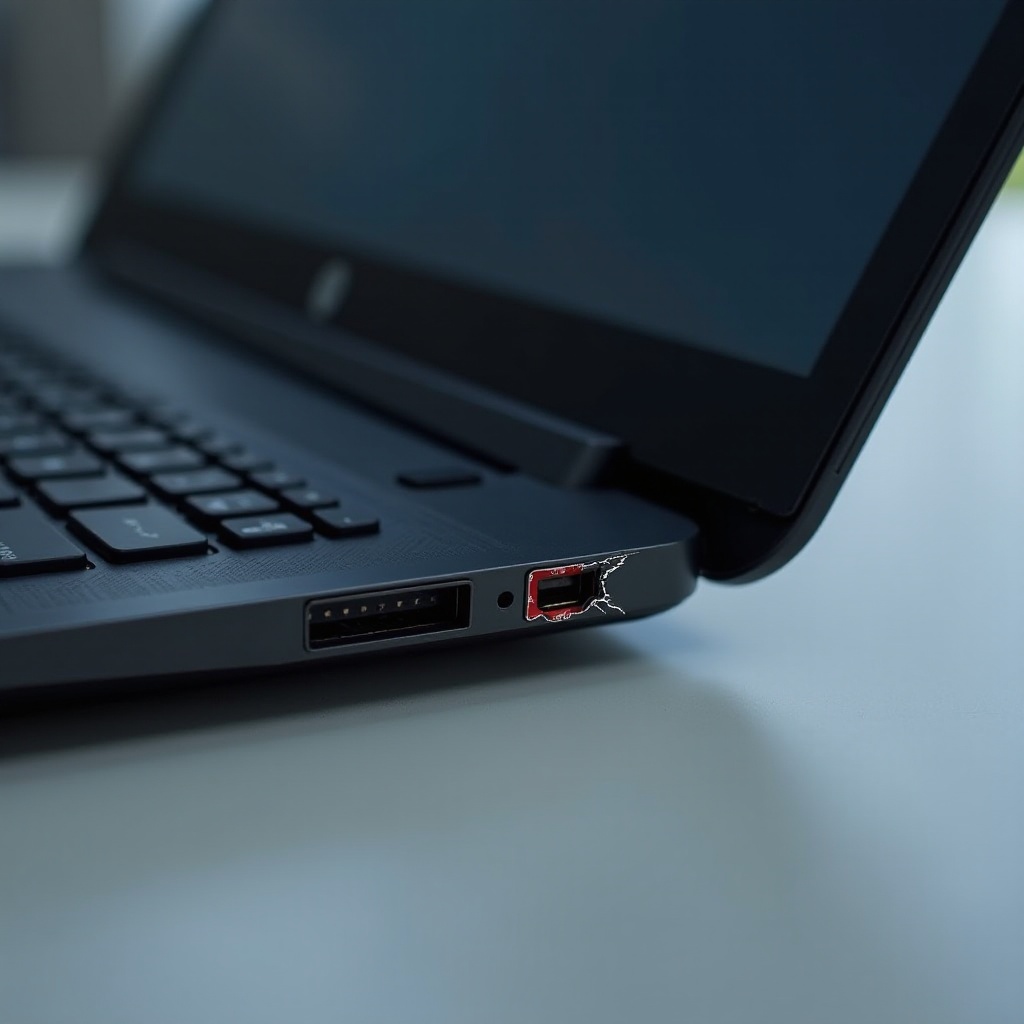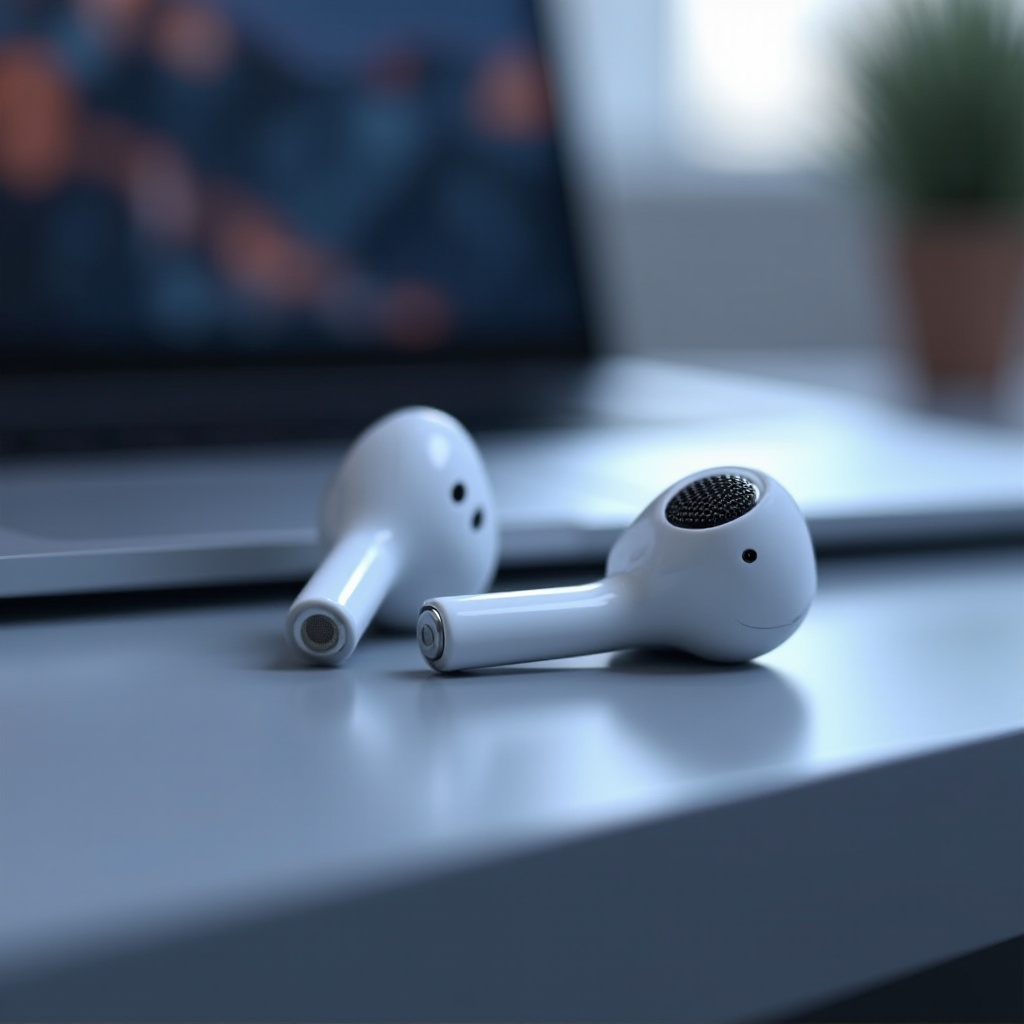Introduction
Dealing with an HDMI port that isn’t working on your HP laptop can disrupt both professional tasks and entertainment like presentations and media streaming. This is a common pain point among users who face issues such as a lack of display or audio output when connecting via HDMI. In this article, we’ll guide you through diagnosing and fixing common HDMI port problems specific to HP laptops. We will explore basic solutions, delve into more advanced troubleshooting techniques, and advise on when it’s best to seek professional assistance. Let’s unravel the mystery of HDMI performance on HP laptops together.

Understanding HDMI Port Issues on HP Laptops
Identifying the root cause of HDMI port issues can be tricky, as a variety of factors might contribute to the problem. These could range from software complications to hardware failures. On the software front, the issues often arise from outdated drivers or incorrect operating system settings that prevent the HDMI port from functioning properly. On the hardware side, difficulties might stem from loose connections or physical damage to the port, which can interfere with display functionality. By understanding these typical problems, you can more effectively address them, and enjoy a seamless connection experience when using peripherals.
Quick Fixes for HDMI Port Problems
Transitioning from simple issues to tailored solutions can often deliver swift results. Consider these quick fixes:
-
Check the Connection: Ensure your HDMI cable is tightly connected to both the laptop and the external device. Occasionally, simply reseating the cable can solve display problems.
-
Restart Your Devices: Power cycle both your HP laptop and the external device, by turning them off, waiting a short while, and then turning them back on.
-
Select the Correct Input Source: Verify that the external device is set to the correct HDMI input source to receive signals from the laptop.
-
Replace the HDMI Cable: Try a different HDMI cable to rule out any cable defects.
These easy yet effective steps often resolve unexpected display issues quickly.

Advanced Troubleshooting Steps
If simple fixes aren’t effective, it’s time to explore more technical solutions. Advanced troubleshooting includes:
Updating Graphics Drivers
Updating your graphics drivers can enhance system stability and improve compatibility with external devices. To update:
- Open Device Manager by right-clicking on the Start button.
- Expand the Display adapters section.
- Right-click your graphics card and select Update driver.
- Choose Search automatically for updated driver software and follow the onscreen instructions.
Driver updates can address compatibility issues affecting HDMI functions.
Changing BIOS Settings
Adjusting BIOS settings might be necessary if HDMI troubles persist:
- Access BIOS by restarting your laptop and pressing the appropriate key during startup (typically F10 or Esc for HP laptops).
- Navigate to Advanced settings and locate graphics configurations.
- Make sure ports are enabled within these settings and save changes before exiting.
Proper BIOS configurations can sometimes restore HDMI communication.
Reinstalling Display Adapters
Reinstalling display adapters can sometimes revive functionality:
- In Device Manager, right-click your display adapter.
- Select Uninstall device, then restart your laptop.
- Windows will automatically reinstall the drivers upon reboot.
Doing this clears potentially corrupted data or configurations, often fixing HDMI issues.
Utilizing the HP Support Assistant for Problem Diagnosis
The HP Support Assistant serves as a comprehensive tool for diagnosing hardware issues. It includes:
- Installation: Ensure the HP Support Assistant is installed on your device. Download it from the HP website if needed.
- Running Diagnostics: Open the HP Support Assistant, go to the Troubleshooting tab, and run diagnostic tests focusing on hardware components, including the HDMI port.
- Analyze Results: The assistant gives you detailed feedback on potential issues and solutions, simplifying the troubleshooting process.
This tool is an invaluable resource for diagnosing hardware issues, efficiently pinpointing problems related to HDMI ports.
When to Seek Professional Help
If your efforts with both basic and advanced troubleshooting have not resolved the issue, professional assistance may be warranted. Physical damage to the hardware often requires repair by skilled technicians. Reach out to HP customer support or visit an authorized repair center to ensure the issue is addressed correctly. Experts have the specialized tools and knowledge to accurately diagnose and repair issues that DIY methods might not solve, offering dependable solutions for persistent HDMI port concerns.

Conclusion
Addressing HDMI port issues on an HP laptop effectively requires a combination of patience and a step-by-step strategy. From basic troubleshooting and leveraging tools like the HP Support Assistant, you now have the expertise to tackle such challenges. Quick fixes may offer immediate relief, while advanced techniques provide deeper solutions when needed. Remember, seeking professional help is a wise option for tackling those persistent problems that require expert attention.
Frequently Asked Questions
What should I do if my HDMI port is physically damaged?
If your HDMI port is physically damaged, seek professional repair services from authorized HP technicians or certified repair centers. Continuing to use it without intervention can worsen the damage.
Can outdated drivers cause HDMI port issues on my HP laptop?
Yes, outdated drivers often lead to compatibility issues, causing HDMI functionality disruptions. Regularly updating your graphics drivers can prevent such problems.
How often should I update my HP laptop’s drivers to avoid HDMI problems?
Graphics and system drivers should be checked for updates at least once every few months. Regular updates mitigate compatibility concerns and enhance overall device performance.


